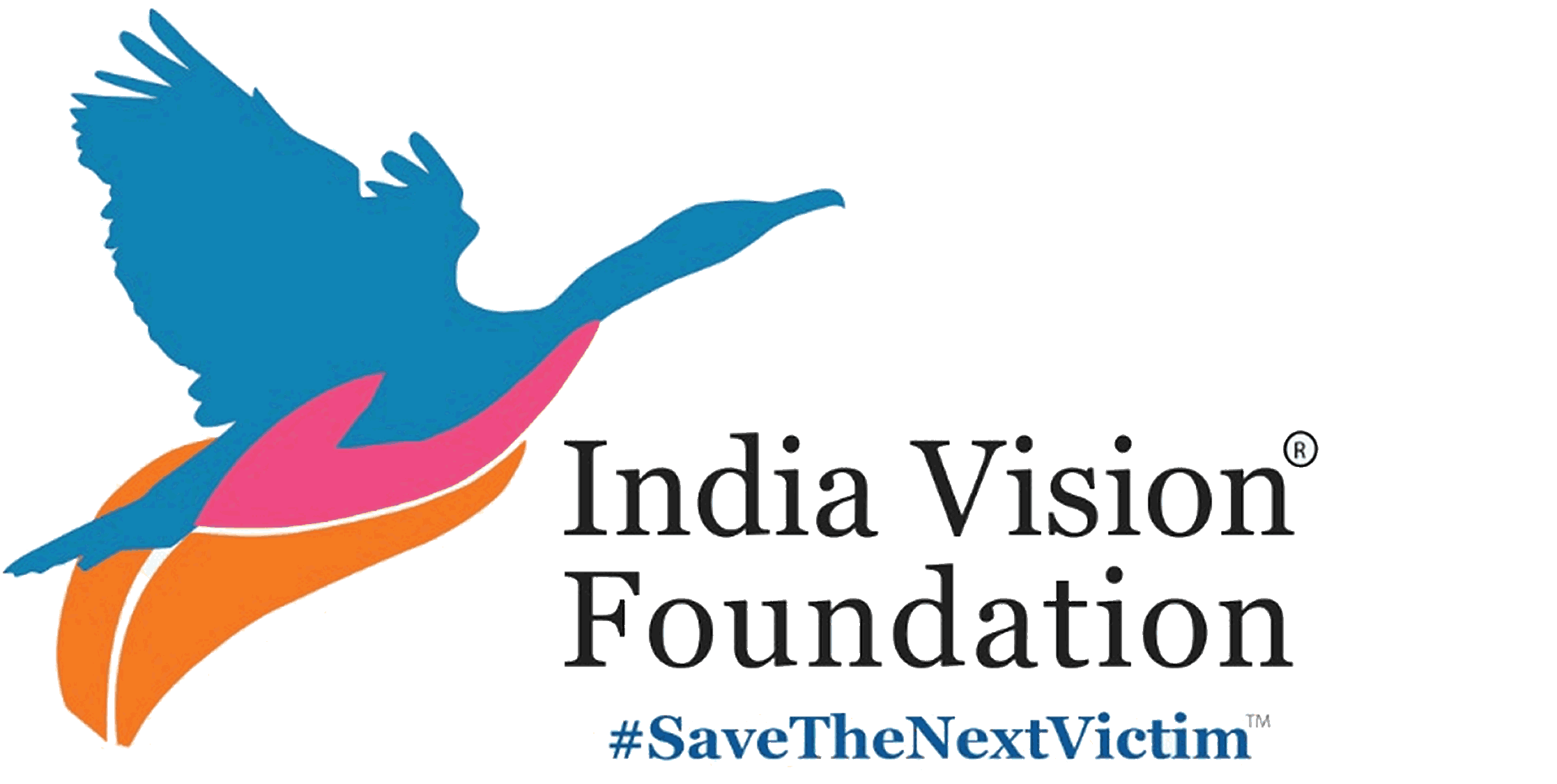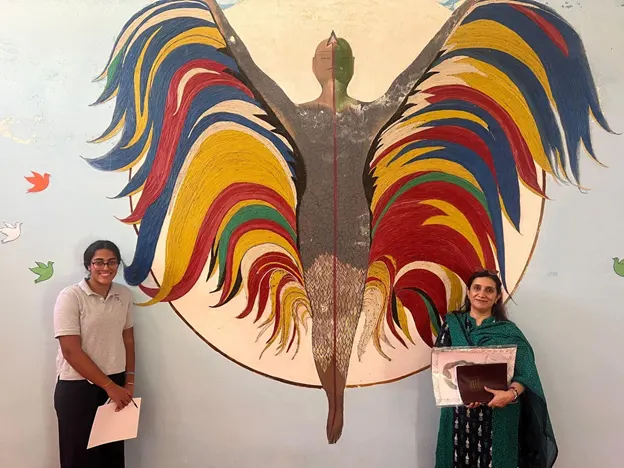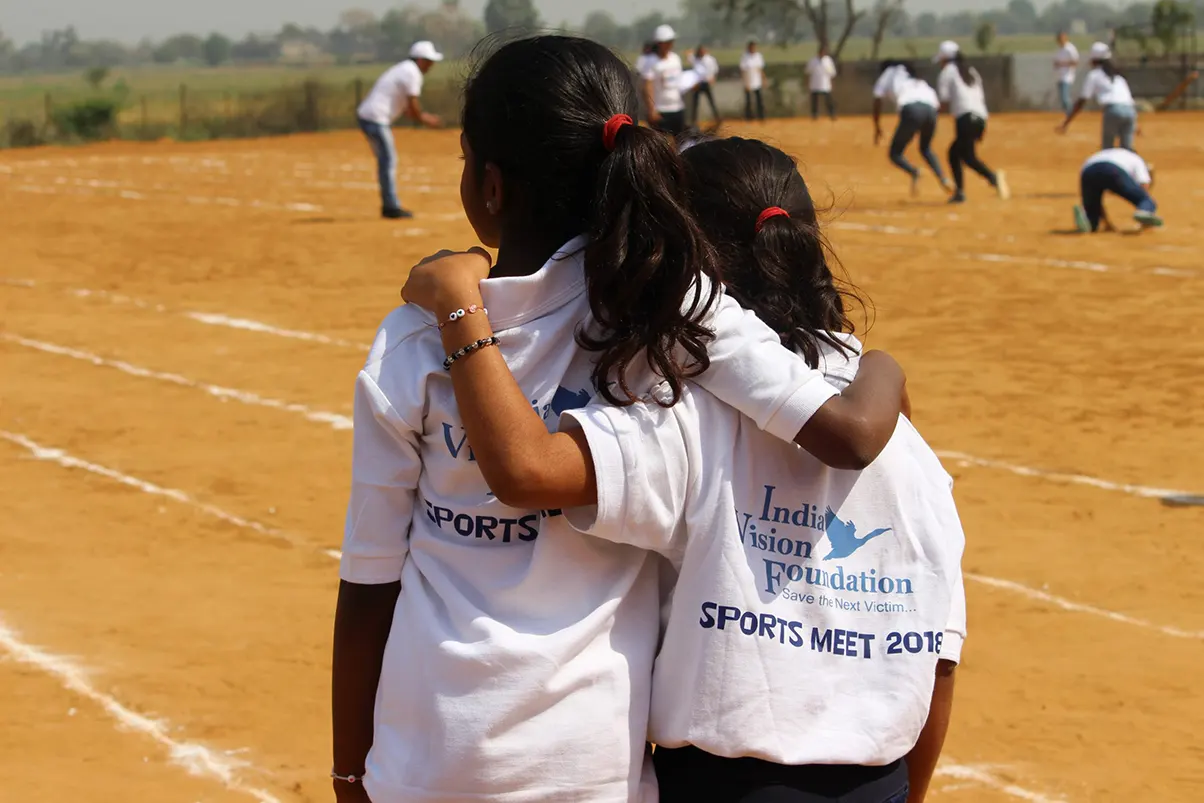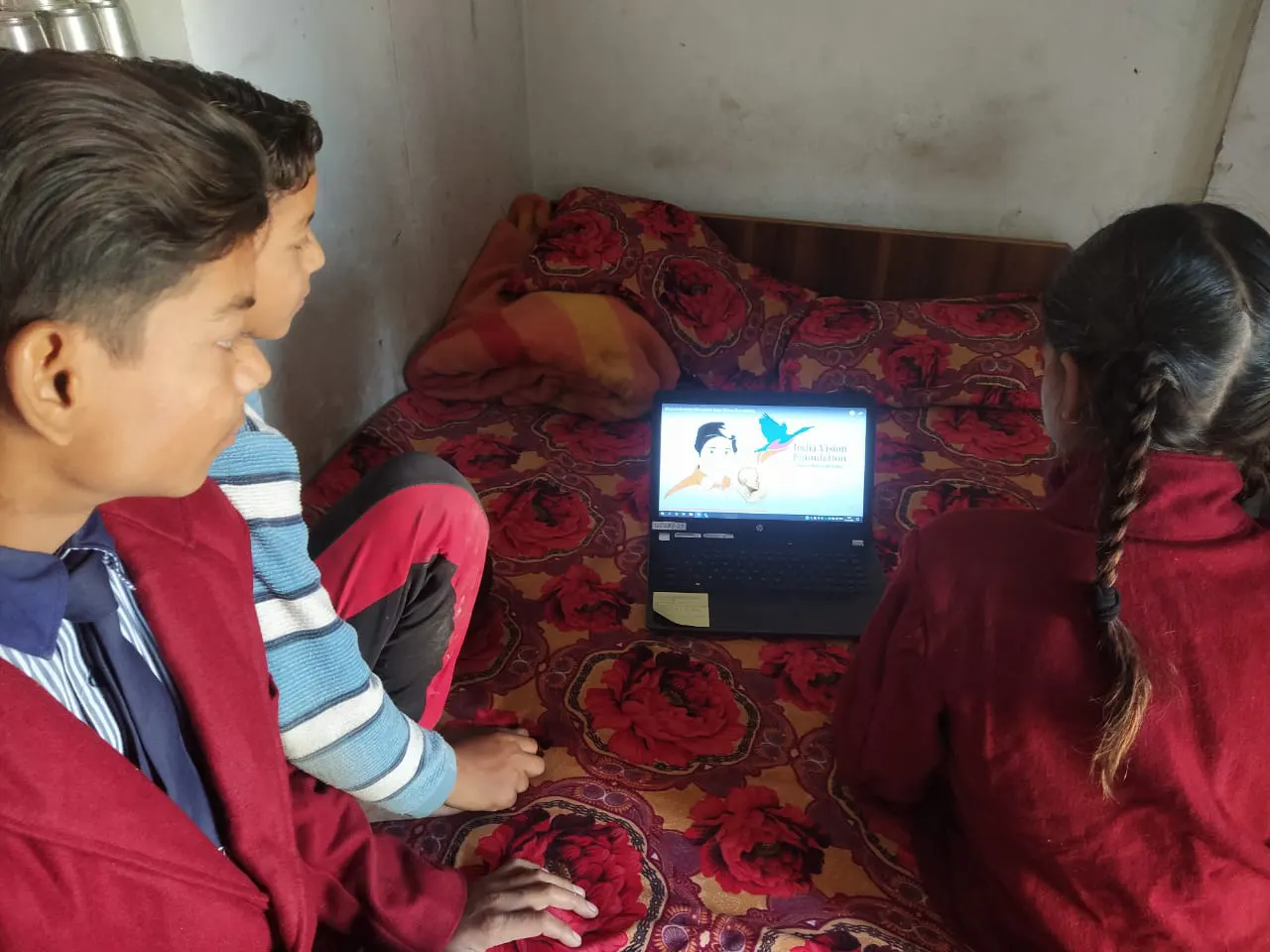What is Gurgaon Jail?
Gurgaon Jail is the district jail of Gurgaon City. It was founded in 1988 and has a
capacity of 2400 prisoners. It is considered the model prison. The male and female inmates are separated and have a vocational center in each jail. It is 29.1 km from the Delhi Airport. The superintendent of the prison is Sunil Sangwan.
What has the India Vision Foundation done there?
The India Vision Foundation, founded by Dr. Kiran Bedi, has made many improvements to the jail. The foundation has been at this particular jail for the last 12 years, since 2011. They
are the first NGO ever to work here. In the prison for males, the India Vision Foundation created the vocational center and the Khushali project. They have done a very similar thing in the
women’s prison with the addition of the creche program for children under the age of 6.
What is my objective in visiting Gurgaon Jail?
My aim in going to Gurgaon Jail was to see the vocational centers. My goal was to observe how the inmates took advantage of the skills offered to help them become positive and responsible. All the inmates know that these skills will help them reintegrate into society once they are released.
What did I do at the jail (males)?
When we arrived, we met with the superintendent, Suni Sangwan, for 15 minutes. After that, we went over to the jail for males. There, we saw all the gardening work and maintenance they had done. First, we went to their dentist’s office and talked with Dr. Pooja. She told us about everything she does at the office and how this jail is more of a reformation center than a jail.
Outside the hospital, there is a herbal garden that the inmates take care of. Then we went to the vocational center.
The vocational center:
- Khushali Project: based on green therapy and grow various plants.
- Radio station: plays motivational and story podcasts for all inmates to listen to from 2 to 4 p.m.
- Stitching center: teaches men how to stitch; white kurtas for convicted inmates on duty are stitched here, sponsored by
- Library: located in the same room as the stitching center and is well
- Duhn Project: practice music, involved in musical competitions with other prisons; with this program, two prisoners performed for us; one played the guitar, and the other sang, sponsored by Sony
- Art and painting room: anyone can draw or paint; nine inmates are there daily, and one of the artists drew a picture of Mrs. Monica. On the far right side of the room is a mural made of electric wires, and its purpose is to spread the positive message of letting negative energy
- Dance program: Tiger is the dance teacher, more of a therapy than
- Folklore music group: sing folklore music, the first music group in Gurgaon
- Computer center: run by Jamna Auto Industries, learn computer skills
- Salon: practice their barber skills.
- Calling system within the jail: allows inmates to call their families daily for only five minutes.
- Sports ground: many practice cricket and football.
- Education and training center: inmates can continue their studies, and the prison officials receive
- Butterfly garden: try to grow plants in this garden, but they are not
Visitation center: inmates visit with their family members, and has air conditioning.
What did I do at the jail (females)?
When we first entered the jail for females, we visited the kitchen/lungar, which had two big kitchens. Then, we headed over to the vocational center. The first place we visited was the creche program. This program educates children under the age of 6. We spent about 20 minutes
there and played games with them the whole time. There were only five students when we went. It was very similar to the one in Tihar Jail. Next, we went to the beauty parlor, where they do haircuts and threading. We then visited the stitching center, and today, they had an exam. All the different types of vocational skills taught in the jail have a set course and a following exam.
After visiting the stitching center, we met in a hall with women imprisoned for three months or less. Only a few of these women participated in the vocational skills offered at the center. Mrs. Monica tried to motivate them, but some already had a fixed mindset. Then, Mrs. Monica asked who wanted to play a game and also told them whoever did not want to play could leave. Most of them left, and only eight stayed behind. We went around the room sharing what we liked about ourselves, and then we all complimented each lady in the room. What I learned from the
conversation with all the women is that they need more motivation because they are all very emotional beings.
How did I feel during my visit, and what did I feel surprised about?
During my visit, I did not think I was in jail. As Dr. Pooja said, it was like a reformation center. Everyone there was doing something from stitching to dancing to teaching. With all these skills offered to inmates, I am sure it helps them take their minds off their cases or problems. It
feels good to know that when these inmates are released, they will have some tools to help them return to their regular routines. What I was most surprised about was the greenery at the jail.
Before my trip here (and to Tihar Jail), I thought prisons were dark and small, but there were so many plants, flowers, and trees, which is all done by the inmates here, and they have done very well in maintaining it.
What would happen if the India Vision Foundation did not set up these inmate vocational centers?
If the India Vision Foundation did not create these vocational centers, I believe the inmates would have difficulty living in jail. When released, they will have a hard time
reintegrating into society. If they didn’t have a chance to learn these skills, their attitudes toward others and prison officials would be much more harsh. Once released, they might fall back and get arrested because they could not fit in with society, find a job, or create a social network. On my visit, I noticed all the inmates were very kind and welcoming when we came. They would all stand up, say hi, and converse with us. I wonder how different it was before the Foundation and the vocational center.
What is the Rural Program, and what did I see?
The Navjyoti India Foundation is within this rural program. It was founded in 1987 under the leadership of Dr. Kiran Bedi. The ultimate objective of this program is to prevent crime through welfare policing. During my trip, I saw this foundation’s setup of the Unnati program.
Unnati promotes women’s empowerment, self-sufficiency, and self-inclusion. I saw a lot of their work in the shop. There were many beautiful handmade purses, pouches, coasters, hair ties,
earrings, etc. I also saw the rooms behind the scenes of these projects: the stitching room, the sampling room, and the meeting room. That’s all my trip to the Rural Program was emphasized on, the Unnati program.
About the author- Meera Jhulka is a 4.41 GPA holder (top 2% in USA),
Member of National Honor Society. Honor classes since her freshmen year. She is also a varsity Swimmer and Golfer and 4 times state qualifier.






